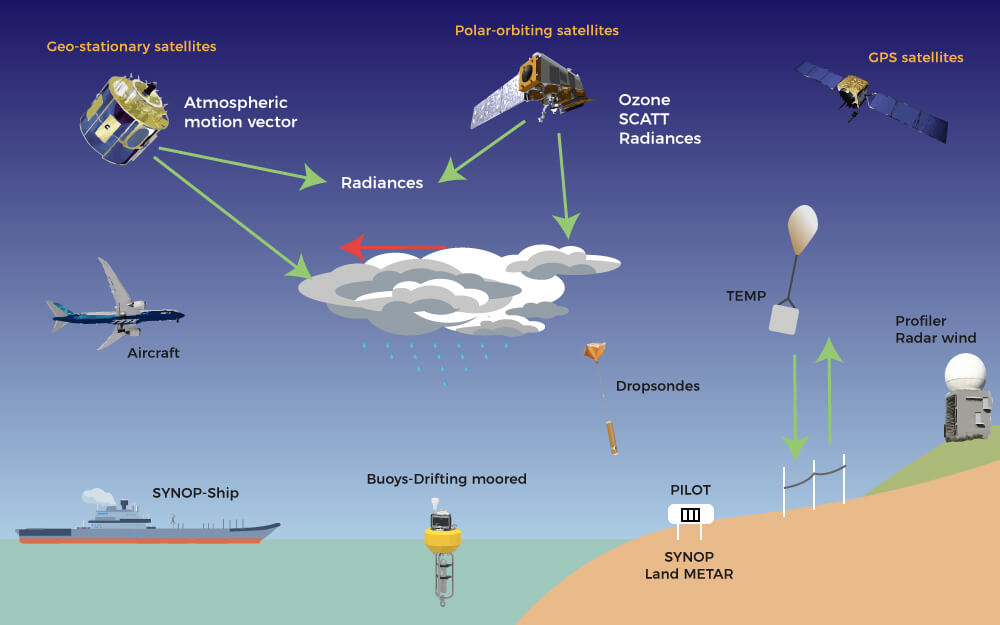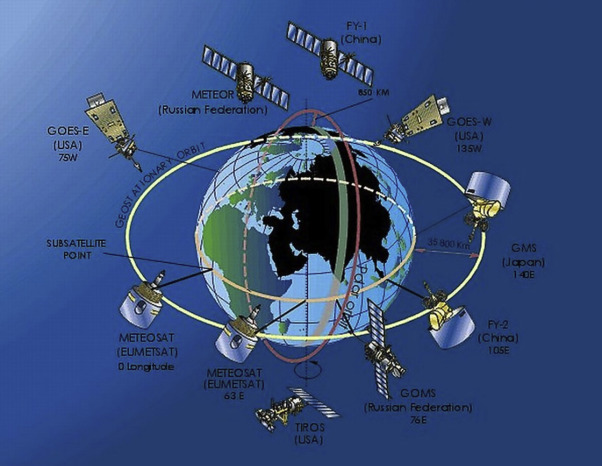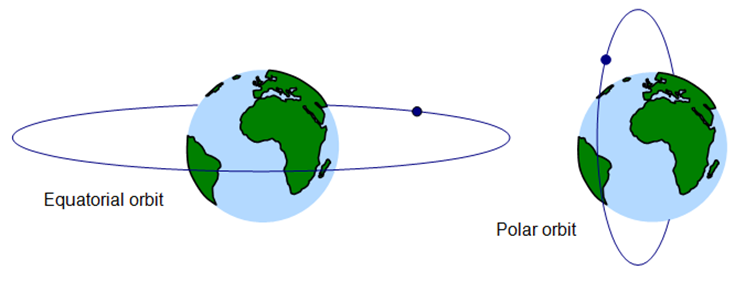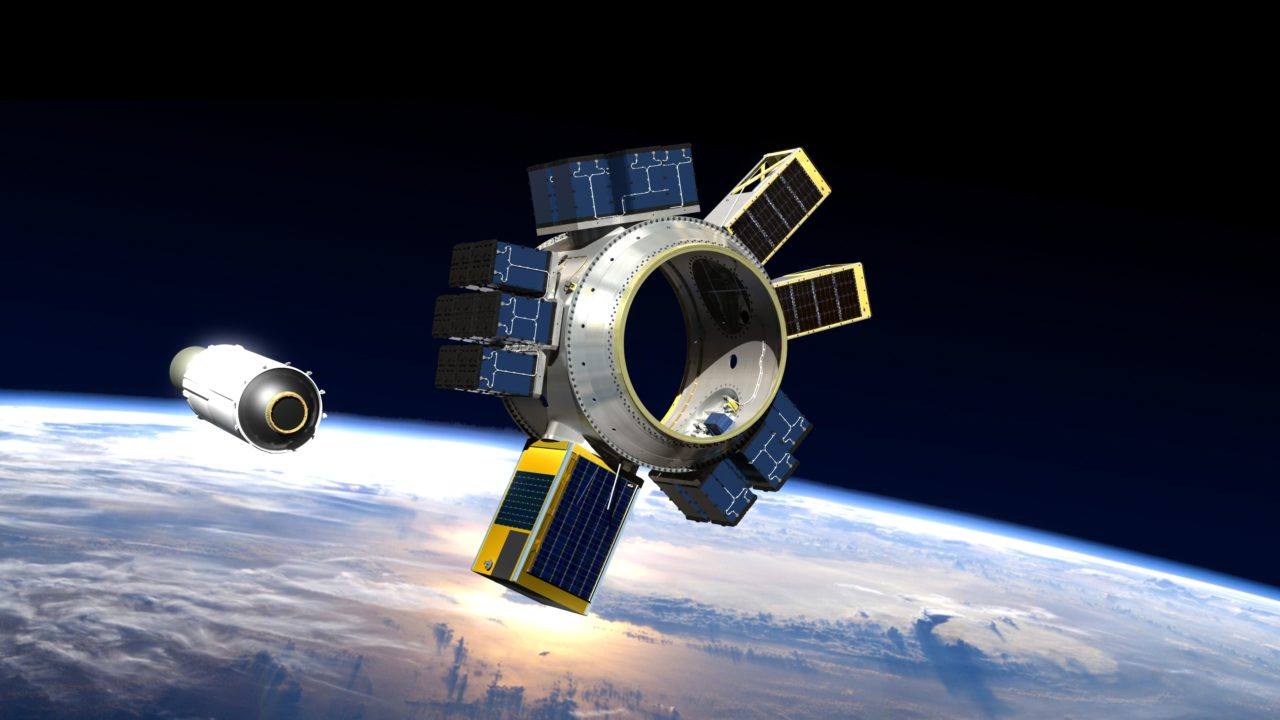How Reliable Are Weather Forecasts
In general, a seven-day forecast is reliable around 80% of the time, while a five-day forecast boasts an accuracy rate of approximately 90%. However, forecasts extending beyond 10 days tend to have an accuracy rate of only about 50%.
When it comes to planning your week ahead, relying on a weather forecast can provide valuable insights. Typically, a seven-day forecast can give you a solid idea of what to expect, accurately predicting the weather about 80 percent of the time. Similarly, a five-day forecast boasts an accuracy rate of approximately 90 percent.

However, when looking further ahead, such as with a 10-day forecast or beyond, the accuracy diminishes significantly. In fact, forecasts for this timeframe are only correct about half of the time. The reason behind this lies in the limitations of weather prediction models.
Meteorologists utilize sophisticated computer programs known as weather models to make forecasts. Since it's impossible to collect data from the future, these models rely on estimates and assumptions to predict upcoming weather patterns. Yet, the atmosphere is in a constant state of flux, making these estimates less reliable the further into the future they extend.
In essence, while shorter-term forecasts can provide a fairly accurate picture of what's to come, it's important to approach longer-term forecasts with a degree of caution, understanding the inherent uncertainties involved in predicting the ever-changing dynamics of the atmosphere.
The Reliability of Weather Forecasts: Deciphering the Science Behind the Predictions
Weather forecasts have become an integral part of our daily lives, influencing everything from our wardrobe choices to travel plans. But just how reliable are these forecasts? In this blog post, we'll delve into the intricacies of weather prediction, exploring the methods used and shedding light on the factors that contribute to forecast accuracy.
How Weather Forecasts Are Made
Weather forecasting is a complex blend of science, technology, and meteorological expertise. Meteorologists utilize various tools and techniques to analyze atmospheric data and make predictions about future weather conditions. One of the key components of modern weather forecasting is the use of satellites.

Observation:
Meteorologists gather data from a wide range of sources, including ground-based weather stations, buoys, ships, aircraft, and satellites. These observations provide crucial information about temperature, humidity, air pressure, wind speed and direction, cloud cover, and other atmospheric variables.
Satellite Technology:
Satellites play a central role in modern weather forecasting by providing a global view of the Earth's atmosphere. Geostationary satellites orbit the Earth at the same speed as its rotation, allowing them to continuously monitor a specific region. They capture high-resolution images of clouds, storms, and other weather systems in real-time, providing valuable insights into current weather conditions.
Polar-orbiting satellites, on the other hand, orbit the Earth from pole to pole, providing more comprehensive coverage of the planet's surface. These satellites collect data on temperature, humidity, and atmospheric composition, which is essential for long-range forecasting and climate monitoring.
Radar and Remote Sensing:
Radar systems emit pulses of radio waves that bounce off precipitation particles in the atmosphere. By analyzing the return signals, meteorologists can determine the intensity, movement, and structure of storms. Remote sensing technologies, such as lidar (light detection and ranging) and microwave radiometry, also provide valuable data about atmospheric moisture, temperature profiles, and wind patterns.
Computer Models:
Meteorologists use sophisticated computer models to simulate the behavior of the atmosphere and generate forecasts. These models incorporate data from observations, satellite imagery, and other sources to predict future weather conditions. By solving complex mathematical equations that describe the dynamics of the atmosphere, these models can forecast temperature, precipitation, wind, and other variables at various time scales.
Data Assimilation:
To ensure the accuracy of forecasts, meteorologists employ a process known as data assimilation, which involves integrating observational data into computer models. By assimilating real-time observations from satellites, weather stations, and other sources, meteorologists can update and refine their forecasts as new data becomes available.
Expertise and Interpretation:
While technology plays a vital role in weather forecasting, meteorological expertise remains crucial. Experienced meteorologists analyze data, interpret model output, and make judgment calls based on their understanding of atmospheric processes. Their insights help to refine forecasts and provide context for interpreting complex weather phenomena.
Geostationary Satellites
Geostationary satellites orbit the Earth at the same speed as the planet's rotation, allowing them to remain fixed relative to a specific location on the Earth's surface. These satellites provide continuous monitoring of weather patterns and atmospheric conditions. They capture images of clouds, track storms, and monitor other meteorological phenomena in real-time. This data is crucial for creating accurate short-term weather forecasts, typically covering a period of hours to a few days.

Polar-Orbiting Satellites
In contrast to geostationary satellites, polar-orbiting satellites traverse the Earth's poles in a north-south orbit. As they circle the globe, these satellites capture detailed images of the Earth's surface and atmosphere. They provide valuable data for long-term weather forecasting and climate monitoring. By collecting information on temperature, humidity, and atmospheric composition, polar-orbiting satellites help meteorologists develop forecasts for the days and weeks ahead.

Deep Space Satellites
Deep space satellites, such as those deployed by space agencies like NASA and ESA, play a crucial role in understanding broader patterns and phenomena that influence Earth's weather and climate. These satellites study solar activity, atmospheric dynamics, and other factors that can impact weather patterns on a global scale. While not directly involved in day-to-day weather forecasting, the data gathered by deep space satellites contributes to our understanding of the Earth's climate system and can inform long-range weather predictions.

Conclusion
Weather forecasting is a dynamic and evolving field, constantly incorporating new technologies and refining methodologies to improve accuracy. While no forecast can ever be 100% precise, advancements in satellite technology, computer modeling, and data analysis have significantly enhanced the reliability of weather predictions. By understanding the science behind weather forecasting and the role of satellites in gathering crucial data, we can better appreciate the complexity of our atmosphere and the remarkable achievements of modern meteorology. So, the next time you check the weather forecast, remember the intricate process that goes into predicting those clouds, sunshine, and raindrops.